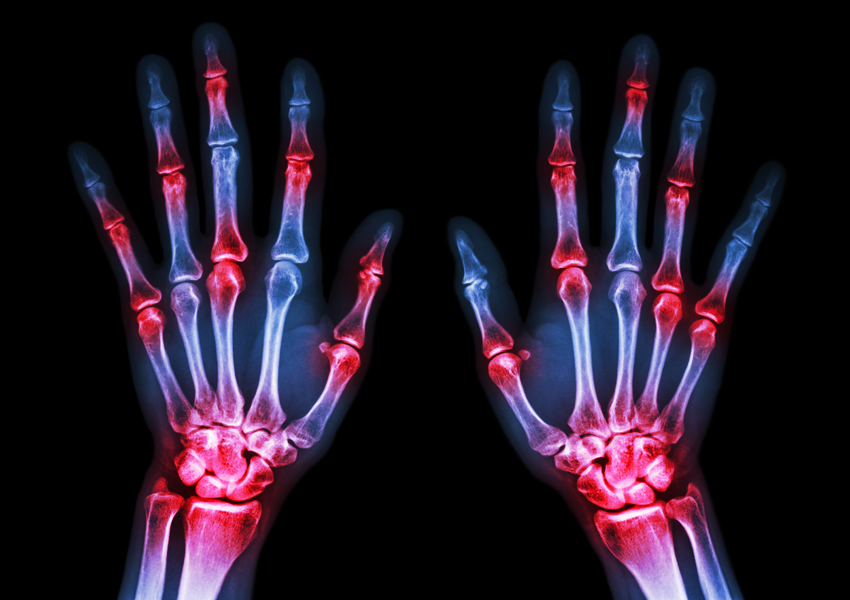MRI-detected Erosions Do Not Specify RA

The characteristics of MRI-detected joint erosions that are specific to rheumatoid arthritis appear infrequently, and may overlap with erosion scores among asymptomatic individuals and patients with other arthritides, according to findings published in the Annals of the Rheumatic Diseases.
“This study is important because MRI is recommended in the diagnostic process of RA,” Debbie M. Boeters, MD, of the Leiden University Medical Center, the Netherlands, told Healio Rheumatology. “MRI is more sensitive than conventional radiography in detecting erosions and therefore the EULAR imaging task force recommends using MRI to detect damage at an earlier point in time.”
However, Boeters noted that MRI-detected erosions are also observed in other rheumatic diseases and in healthy controls.

“To prevent false positive MRI findings, it is important to define a definition of an MRI-detected erosion which is specific for RA,” she said.
To evaluate MRI-detected erosions among patients with RA compared with those with other forms of arthritis, as well as their healthy peers, the researchers reviewed data from 598 individuals who presented with early arthritis in the Leiden Early Arthritis Clinic from 2010 to 2014. The Leiden Early Arthritis Clinic is an inception cohort with patients who have had confirmed arthritis symptoms for less than 2 years. The researchers recruited 193 healthy control participants using local newspaper and internet advertisements. Among the 598 participants with early arthritis, 238 had RA. The researchers further grouped the participants into three age groups — younger than 40 years, 40 to 59 years and 60 years and older.
All participants underwent 1.5T MRI of the unilateral metacarpophalangeal and metatarsophalangeal (MTP) joints. Total erosion scores were determined by RA MRI Scoring System (RAMRIS), and were compared alongside erosion number, severity and location across all participants. The researchers also analyzed the presence of MRI-detected inflammation, including synovitis and bone marrow edema.
According to the researchers, patients with RA had significantly higher total erosion scores than those in the control group. However, erosion scores of individual participants largely overlapped, the researchers wrote. Erosion grades of 2 or more and MTP5 erosions were specific to RA, while MTP1 erosions were specific to RA only among patients who were younger than 40 years. Erosions with inflammation were specific to RA in patients younger than 60 years. However, these RA-specific erosion characteristics were present in just 29% of RA cases.
“The most important message is that MRI-erosion scores, according to RAMRIS, are not differentiating RA patients from patients with other arthritides or symptom-free controls,” Boeters said. “Although three erosive features were specific for RA — grade 2 erosions or higher, indicating that greater than 10% of the bone is eroded, erosions in MTP5 and erosions in MTP1 when aged younger than 40 years — these were only present in 21% of RA patients. It is very important to not overestimate the value of MRI-detected erosions in the diagnostic process, since there is a notable risk of false-positive findings.” – by Jason Laday
Disclosure: The researchers report funding from the European Research Council and the Netherlands Organization for health Research and Development.
